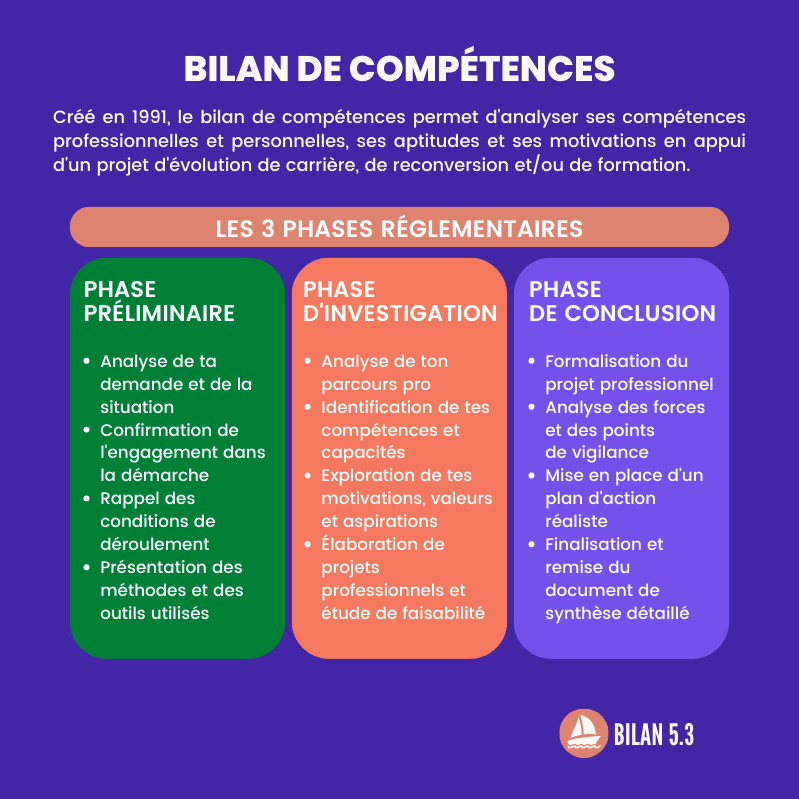Non-alcoholic fatty liver disease affects nearly 20% of the French population. How can you reduce your risk of developing it? We talk about it with Dr Pauline Guillouche, hepato-gastroenterologist.

- Fatty liver disease is characterized by the accumulation of fats in liver cells in people who drink little or no alcohol.
- Doctors estimate that 1 in 5 French people are currently affected by the disease. A number that could “more than double by 2030”, according to estimates.
- Several risk factors for the disease are well established: obesity, type 2 diabetes, high blood pressure, cholesterol and a “high-sugar/high-fat diet with little or no physical activity.”
At least one in five French people are affected by non-alcoholic fatty liver disease, fatty liver disease which is characterized by the accumulation of fats in the liver cells in people who drink little or no alcohol. “Projections estimate that this number will more than double by 2030, and that complications of cirrhosis as well as hepatocellular carcinoma [cancers primitifs du foie, NDLR] linked to non-alcoholic fatty liver disease will triple by this time”, specifies the French National Society of Gastroenterology in a press release. What are the risk factors? Are they avoidable? The hepato-gastroenterologist, Dr Pauline Guillouche, tells us everything.
Obesity: “nearly 80% of subjects have a fatty liver”
“There are several well-established risk factors”, immediately specifies the doctor who starts with obesity. “En France, around 15% of the population is obese, defined by a body mass index or BMI greater than 30. Among this so-called obese population, it is estimated that nearly 80% of subjects have a fatty liver.” The specialist specifies that overweight individuals, defined by a BMI between 25 and 29.9, are also at risk of developing NASH.
Abdominal obesity can also be a risk factor in people with a BMI between 18.5 and 24.9. “Some patients with NASH have a so-called ‘normal’ weight, but a high waist circumference, favoring cardiovascular complications. We are talking about abdominal obesity beyond 94 cm of waist circumference for a man and 80 cm for a woman.”
Type 2 diabetes promotes non-alcoholic fatty liver disease
“Type 2 diabetes, also called ‘diabetes mellitus’, is also strongly associated with NASH, continues the hepato-gastroenterologist. Two thirds to three quarters of diabetic patients have a fatty liver. And when we know that diabetes represents 3 million patients in France, almost all of whom have type 2 diabetes, imagine the number of people this concerns!”
High blood pressure and excess cholesterol are also two other major risk factors for fatty liver disease.
Lifestyle has a considerable impact on the development of NASH
“The way we eat and live is important, insists Dr. Guillouche. A high-sugar/high-fat diet with little to no physical activity is associated with the development of NASH. Certain dietary sugars, such as fructose, present in large quantities in sodas seem toxic to the liver.”
The doctor also specifies that “the more risk factors we combine, the greater the risk of developing fatty liver disease and the more complications appear.”.
Finally, other factors can influence NASH, such as our intestinal microbiota, geographic or ethnic origin, or even genetic factors.
















